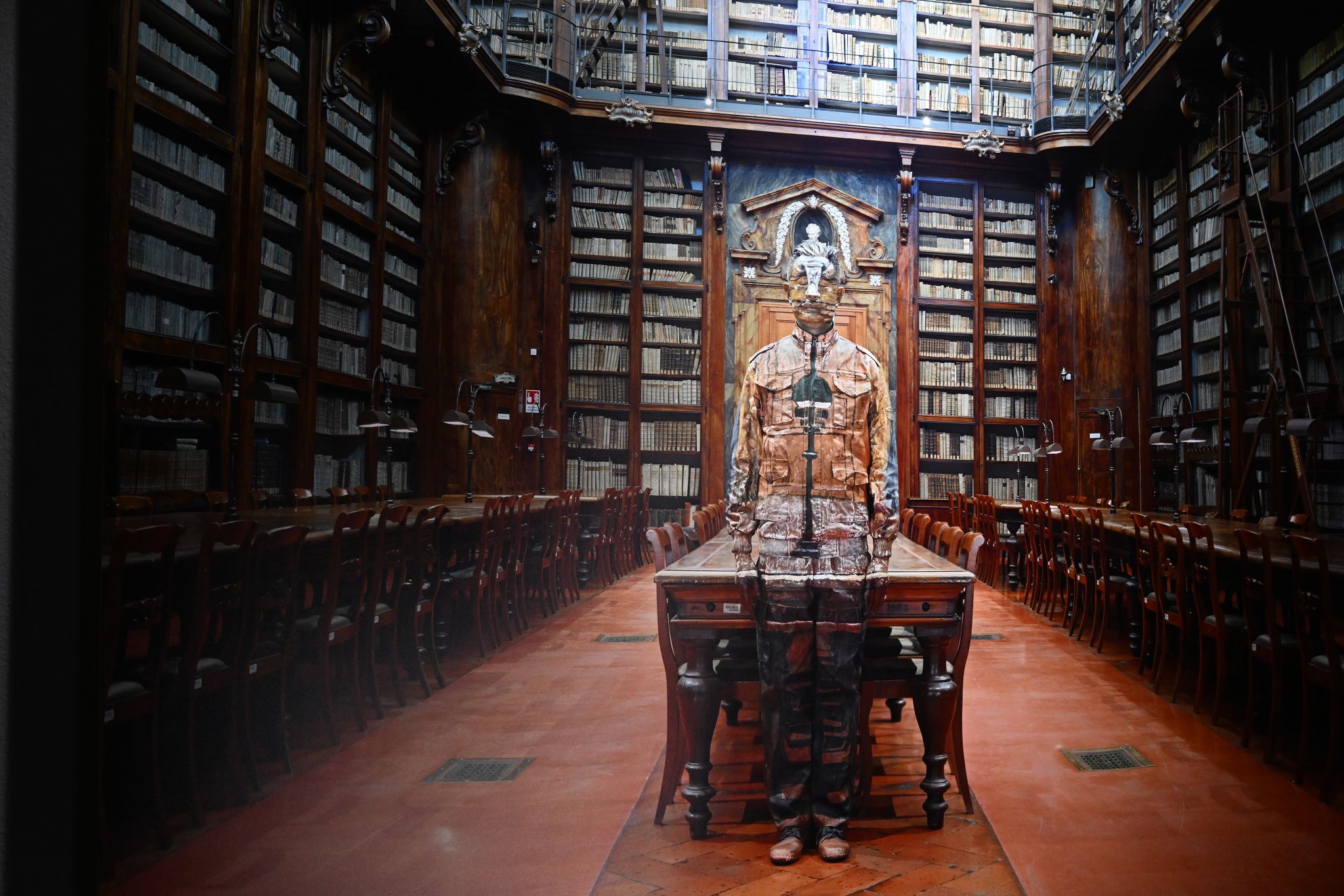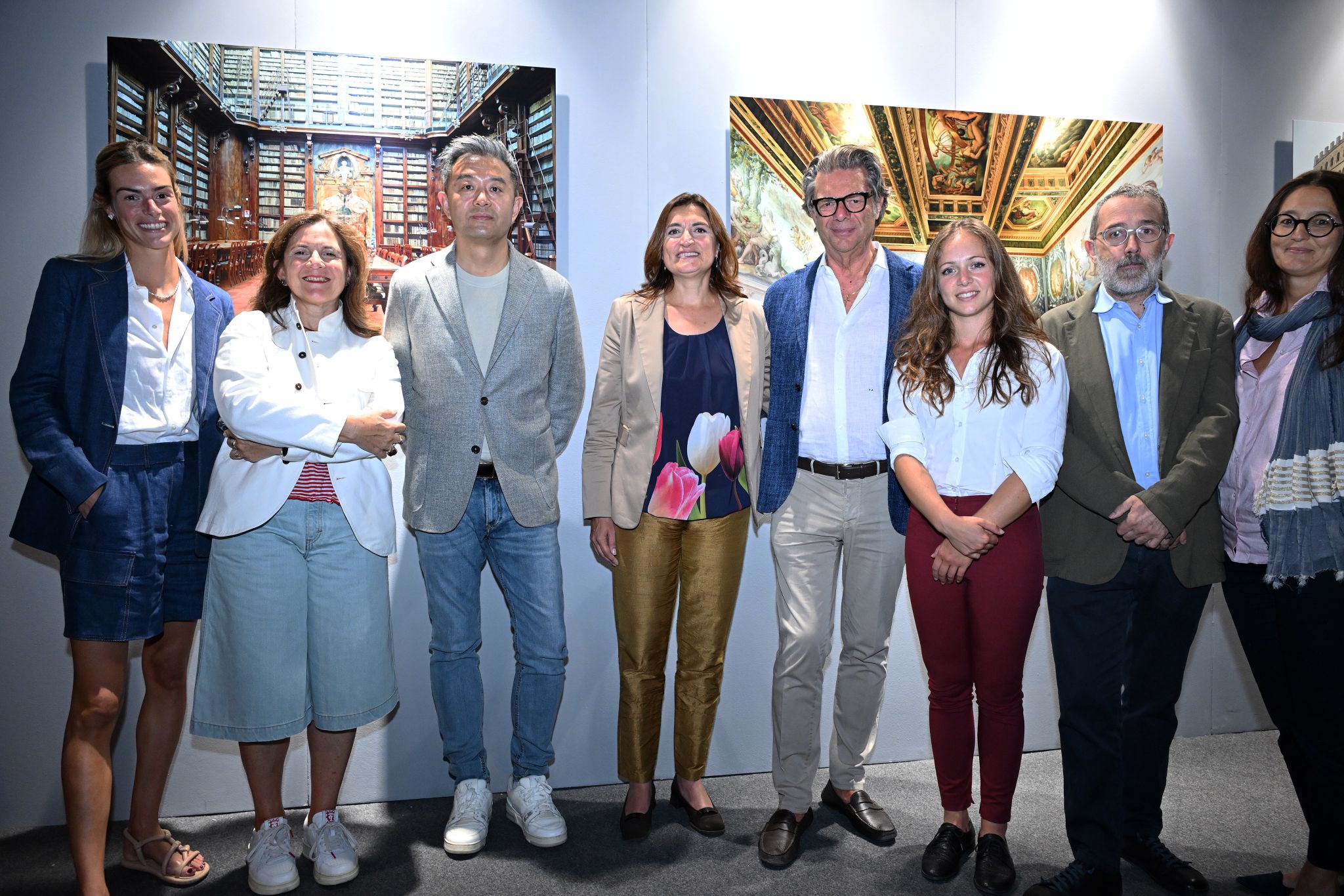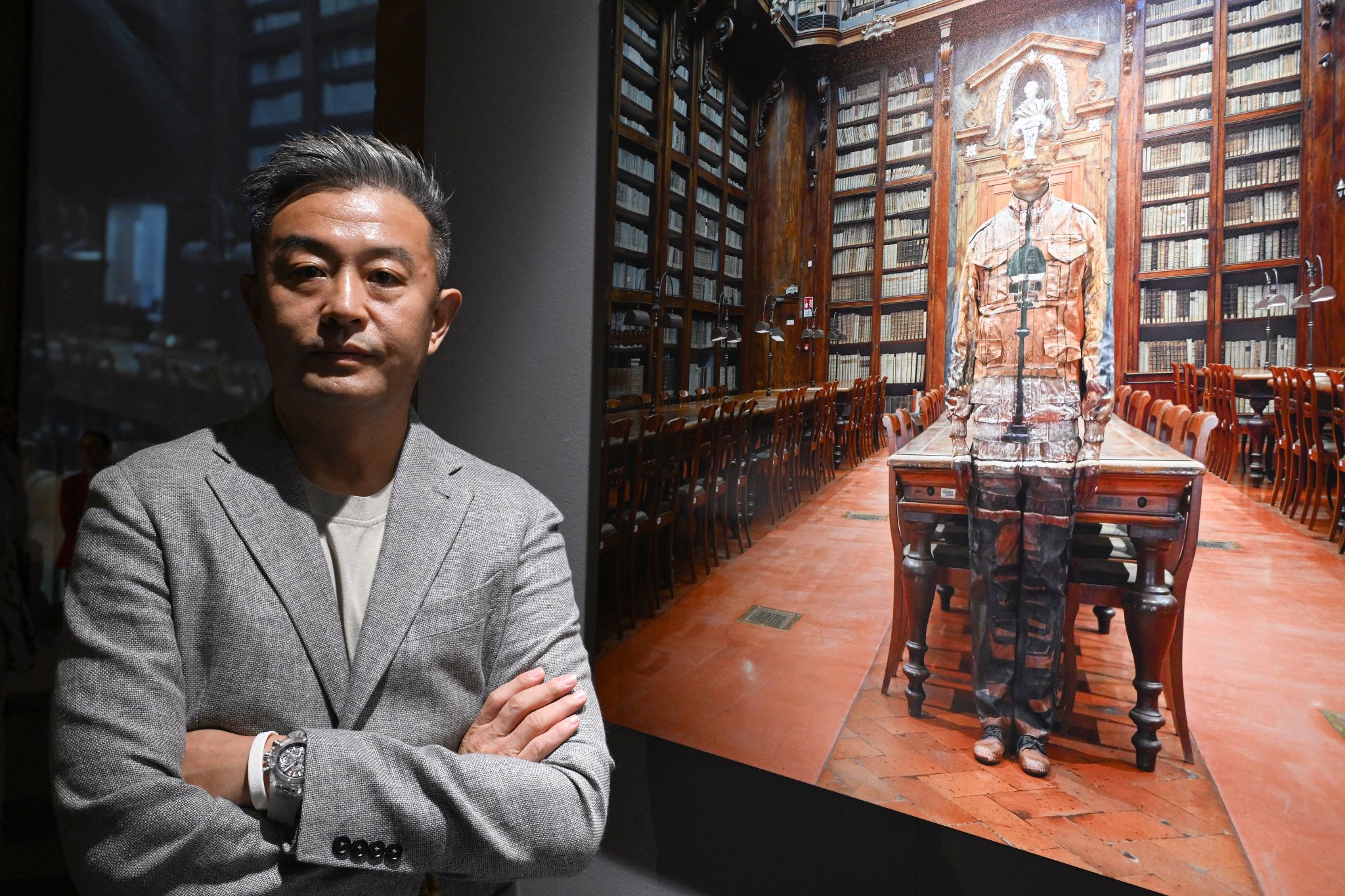Visit Florence
- Art & culture
- Tastings & Cooking Classes
- Florence Outdoor
- Day tours
- Events
- Shopping
- Hotels in Florence
Be.Curious
Destination Florence

What you will find
EVENT NAME: LIU BOLIN HIDING IN FLORENCE
EVENT PLACE: Sala d'Arme, Palazzo Vecchio, Florence
EVENT DATE: from 30 August to 18 September 2023
EVENT HOURS: every day from 10.00 to 18.00
EVENT PRICE: free entry
EVENT DESCRIPTION
The Sala d'Arme of Palazzo Vecchio hosts, from 30 August to 18 September 2023, the personal exhibition of Liu Bolin, dedicated to the Hiding in Florence project (2022), created in collaboration with the Municipality of Florence, promoted by the Gaburro Gallery and curated by Marco Bazzini. The exhibition is an opportunity to admire not only the latest works of the art chameleon in a unique setting, but also to discover the secrets of the backstage, through the shots taken during the construction of the shots: a way to bring to life to the wider public the engaging and performative experience typical of Liu Bolin's art.
Liu Bolin (Shandong, 1973), internationally renowned artist is known by the general public for his mimetic performances. Called "the invisible man", he has made camouflage his distinctive trait: remaining motionless like a living sculpture, Bolin perfectly blends his body with the context behind him thanks to an accurate body-painting and finally lets himself be photographed . Over the years, he has had himself portrayed in front of the most important monuments in the world, works of art, bookshops, supermarket shelves, mountains of waste and in the midst of masses of immigrants. His poetics of hiding, to become a thing among things, wants to underline emblematic places, known and secret cultural identities, denounce social problems. Each of these places, as well as objects, even the smallest ones, have a soul that characterizes them and in which to blend in, vanish, identify with the Whole. According to Chinese culture, man is part of nature and in these works, the artist does not disappear but, in reality, joins nature itself.
Hiding in Florence is the work that he presents at Palazzo Vecchio, the continuation and crowning of a wider series, Hiding in Italy, carried out by the artist in our country, which saw the cities of Milan, Venice, Verona, Rome and Caserta as protagonists. Liu Bolin today pays homage to Florence, the cradle of the Renaissance, which has always been one of the great destinations of the Grand Tour, even today. The major historical and cultural institutions that contribute daily to the enhancement of a now universal heritage have been involved in the Florentine project: Piazza della Signoria, the Uffizi Galleries, the Marucelliana Library and Palazzo Vecchio itself, which houses the exhibition.
Where / Meeting point
Piazza della Signoria - 50122 Firenze (FI)











 All the services are provided by local merchants
All the services are provided by local merchants By using this site you support Florence
By using this site you support Florence We offer products with high-quality standards
We offer products with high-quality standards You stay sustainable
You stay sustainable It's a 100% trustworthy website
It's a 100% trustworthy website